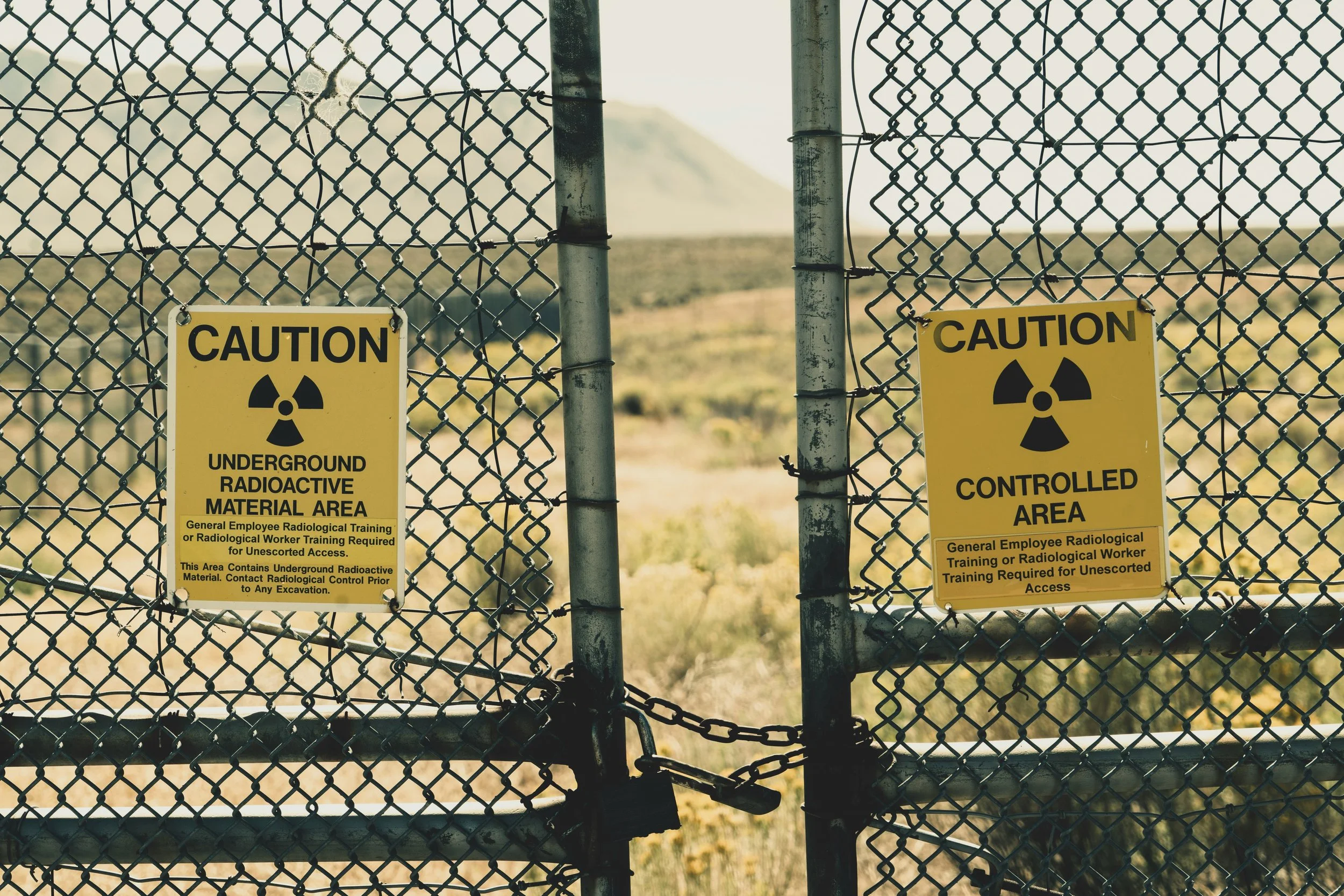Before You Build: Why Environmental Hazard Inspections Can Save Your Land Project
Security fencing with warning signs indicating a radioactive material area, highlighting the importance of environmental hazard inspections during land development.
When it comes to real estate investment or land development, one critical but often overlooked step is conducting an Environmental Hazards Inspection. Whether you're a developer planning a residential subdivision or an investor considering a commercial buildout, environmental due diligence is not just best practice—it’s essential risk management.
What Is an Environmental Hazards Inspection?
An Environmental Hazards Inspection is a formal investigation carried out to identify any existing or potential environmental hazards on or near a property. These can include contamination from underground fuel tanks, chemical spills, industrial waste, or other pollutants that may compromise the health, safety, and feasibility of the project.
This inspection is especially important when the property will rely on on-site individual wells or community wells for potable water. Undetected contamination in the soil or groundwater can not only delay or derail your project, but it can also lead to long-term liability and regulatory headaches.
Two Phases of Environmental Investigation
Phase One: Records Review and Site Walk
- A review of public environmental databases, including federal, state, and local records
- A site walk to visually inspect for signs of contamination, such as chemical drums, fuel tanks, stained soil, or stressed vegetation
- Historical research using aerial imagery and land use maps
- Interviews with current and former property owners and local officials
The goal is to determine whether there is any reason to suspect contamination or environmental risk. If no concerns are found, a written report is issued confirming the property is clear, and the process ends there.
Phase Two: Subsurface Investigation and Testing
- Soil and groundwater sampling to detect the presence of hazardous materials
- Determining the types of contaminants, the extent of the contamination, and the depth or migration paths
- Laboratory analysis of environmental samples
- Recommendations for mitigation or cleanup, including estimated timeframes and costs
A comprehensive report with supporting documentation will help you decide whether to proceed with the purchase or development—and under what conditions.
Remediation and Risk Management
If contamination is confirmed and you're still interested in the property, the next step is to negotiate remediation terms into the purchase agreement. This ensures:
- The seller is responsible for cleanup prior to closing
- Your involvement and liability are minimized
- You retain the right to terminate the deal if cleanup is not completed satisfactorily
Your contract should also include a clause to allow you to exit—either after Phase One or Phase Two—if findings are unsatisfactory, with a full refund of your deposit.
Importance of Early Environmental Due Diligence
Skipping or delaying environmental inspection can lead to serious consequences, including:
- Project delays due to compliance violations
- Public health risks and community opposition
- Legal liability for cleanup and damages
- Unexpected costs related to remediation
- Limitations on zoning, permitting, or land use approvals
Many local jurisdictions require environmental clearance before issuing permits—especially for projects affecting water or sewer infrastructure.
The Role of an Environmental Consultant
A certified environmental consultant is your key ally in this process. Beyond the physical inspection and reporting, they should also:
- Contact municipal agencies to inquire about known environmental hazards near the property
- Review land use history and prior industrial activity
- Determine if further testing or monitoring is needed
- Advise if termination of the contract is the safest option
Protecting Your Project from the Start
Environmental hazards inspections are not just for industrial sites; they are critical for residential subdivisions, commercial builds, and land investments of all types. The small cost of a site assessment can prevent massive future losses.
Before you break ground, make sure your property is clear of unseen environmental risks that could jeopardize your development plans.

